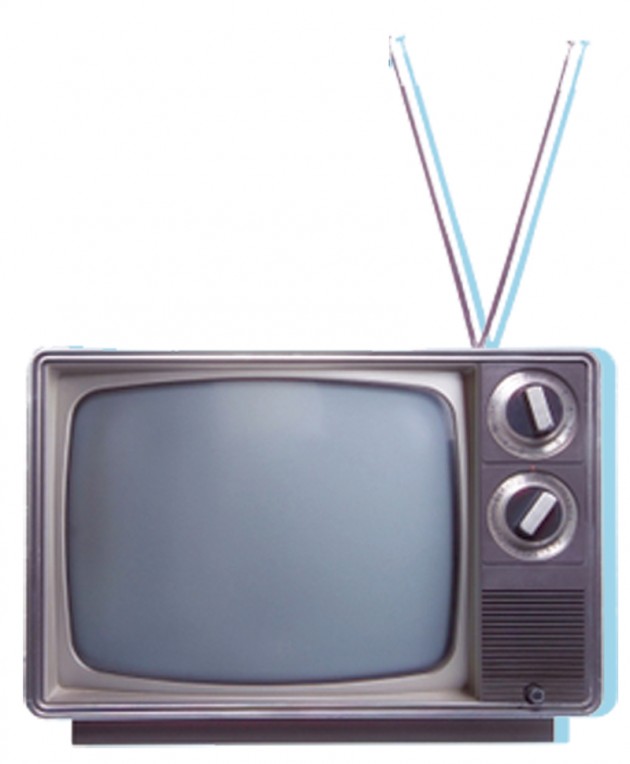Don’t get duped by DTV

On Feb. 17, 2009, the move by the federal government to make analog television reception a thing of the past will go into effect. What does that mean for consumers? Not nearly as much as most major electronic retailers are advertising.
The switch to digital television is a win-win-win situation as long as people don’t get tricked into buying something they don’t need.
For networks, DTV will make it possible to broadcast multiple signals from one channel, allowing more room for programming and advertising.
For local governments, old analog signals can be utilized by police, fire and other services.
For consumers, DTV will move one step further into the digital age by making enhanced picture and sound available to those who otherwise would not be able to afford the technology.
But unless people listened to government advertisements and did the research at dtv.gov, odds are they don’t know what the digital switch is or why it’s happening. This is of great advantage to electronics stores. Best Buy, Circuit City and Wal-Mart are all pushing digital-to-analog converter boxes.
These devices allow analog televisions to pick up digital broadcast signals. Unfortunately, unless consumers are tech-savvy, it’s likely they won’t know what they need — or, for that matter, what they don’t.
Converter boxes will be necessary for only a select few: Owners of analog televisions with free reception via antennas are the only ones who will need a converter. For those with digital TVs that get a signal using an antennae, or analog TVs with either cable or satellite reception, no changes are needed.
Despite limited need, converter boxes are flying off the shelves at an incredible rate, said a Citrus Park Circuit City employee: “A lot of the people just don’t know what they’re buying. We do everything we can to inform customers about what they do and don’t need, but I’ll often see people who come in the store knowing what they want to buy and refuse any negotiation about it, even if they’re wrong.”
Those customers may sound foolish at first, but maybe they just don’t know who to trust anymore.
Anyone remember Y2K software? The nation went bonkers trying to Y2K-ready its computers before the dawning of the new millennium. Programs that did little but change computers’ calendar function sold by the millions at hundreds of dollars each.
It doesn’t help consumer belief in digital-to-analog boxes when manufacturers that are supposed to be cheap alternatives to big-name brands offer the same prices. Insignia and Magnavox, respectively owned by Best Buy and Wal-Mart, typically offer tech products at much lower prices than their competitors, but their converter boxes are $60 along with everyone else’s.
The digital-to-analog converter boxes are a legitimate and necessary technology in some instances, but when the bargain brands aren’t pulling any punches, consumer skepticism is reasonable — especially since consumers have been burnt by technological ultimatums before.






